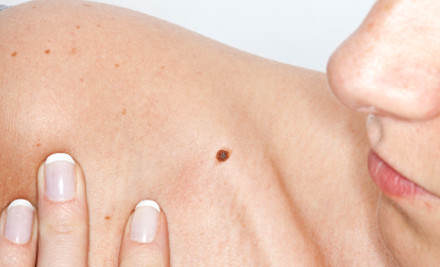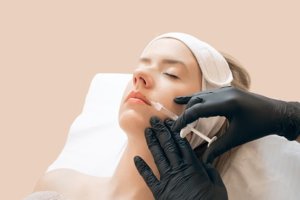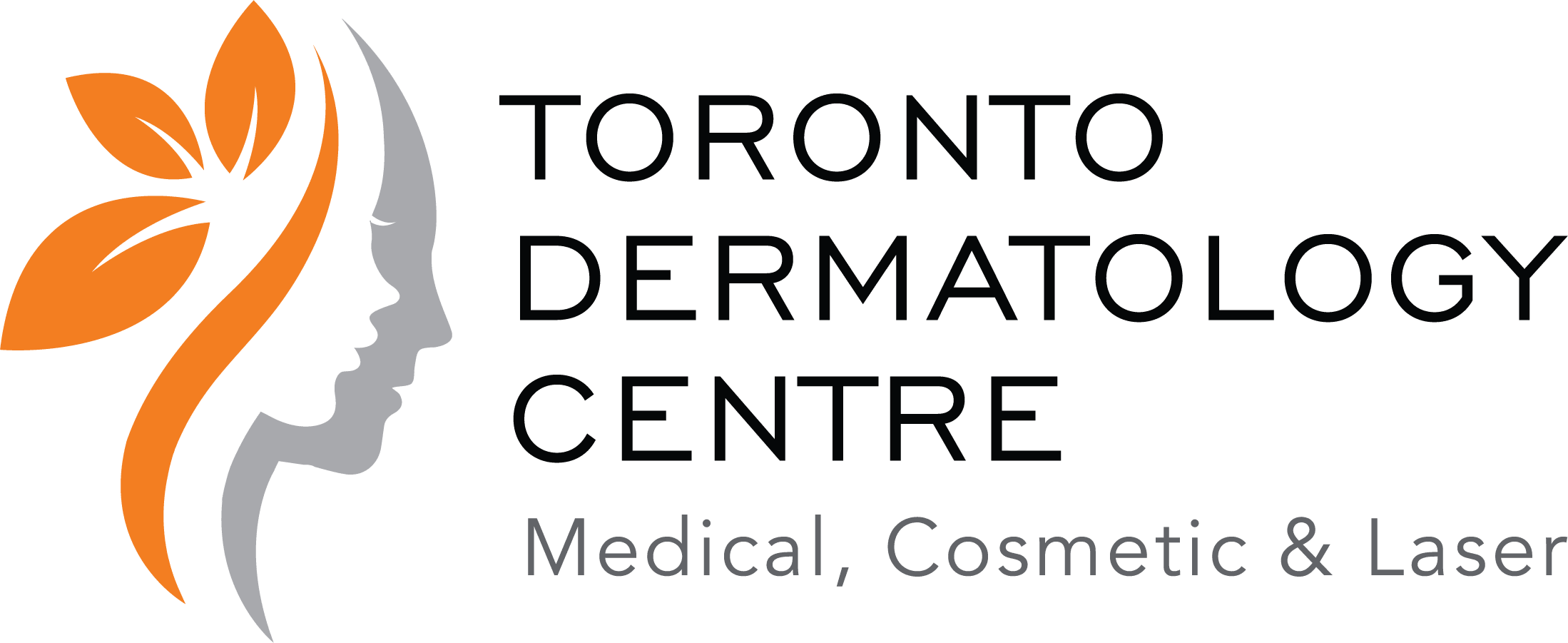Category: Our Blog

Our very own Dr. Benjamin Barankin was recently quoted in The Chronicle of Skin & Allergy discussing new medications in dermatology, namely for hyperhidrosis (excessive sweating) and psoriasis, and discussing the role of coffee in rosacea.
Click here for the full article.

Did you know that our very own was recently interviewed by Newstalk 1010 for Rosacea Awareness Month? Dr. Barankin has served for years (since the founding) on the Acne & Rosacea Society of Canada.
![]() Listen to the full segment:
Listen to the full segment:

Moles can develop at any age. However, it is more common to develop moles as a child. If you notice a new mole as an adult, you should get it examined by a dermatologist to rule out melanoma.
Being out in the sun can increase the number of moles that arise, especially on sun-exposed skin. We also know that a large number of moles (more than 50) can increase the risk of melanoma. Therefore, it’s important to wear sunscreen daily (and reapply as directed), wear sun-protective clothing and try to avoid sun exposure between the peak hours of 10 AM and 4 PM. And, of course, if any moles change size, shape, color or start to bleed, see a dermatologist immediately — regardless of how long you’ve had that mole.

If you are considering Botox, it comes as no surprise if you have your own doubts or worries. With any kind of medicine, there are always rumours. For facial aesthetic such as Botox, they come with the added worry of horror stories and botched treatments.
However, whilst Botox has been used in cosmetic treatments for approximately 20 years, myths surrounding the treatment remain. Read on to discover the truth about Botox and bust a few common myths.
Myth: You won’t be able to “move” your face
The most common myth when it comes to Botox is that you lose the ability to have facial expressions and are left with a frozen look. It is believed by many that having Botox injections immobilizes your facial muscles and makes showing emotions impossible.
However, the key to Botox is subtly and enhancing the face by reducing the appearance of lines and wrinkles. Injections target specific muscles to relax them and in fact, many people who have had Botox are still able to smile, frown and show any emotion in between.
Myth: Botox is the same as Dermal Fillers
Of course, both treatments involve injections and reducing the appearance of fine lines and wrinkles. However, they do have different purposes and their similarities end there.
If you are looking for an anti-wrinkle treatment Botox is the right solution to refresh your look. Muscles are relaxed with Botox injections whereas Dermal Fillers add volume and plump facial tissue to create a youthful look.
Myth: Botox is unsafe
Botox holds a long and well-established history of being safe, with more than 16 million treatments being performed since it was first introduced. In fact, some medical treatments concerning health issues use Botox as a form of treatment for issues such as migraines, excessive underarm sweating and an overactive bladder.
Botox injections use Botulinum toxin, a purified protein, to relax the face. Botox is completely safe to use when administered by a licensed, qualified practitioner who follows all the recommended regulations, protocols and dosage.
Fact: Botox is temporary
The effects of Botox are temporary, however the length of your results does depend on how your body reacts to the treatment. Where you receive Botox injections will also have an impact on how long treatment last.
For Botox administered around the eyes treatment can last for up to 12 months, while around the jawline and forehead it can last between 4 and 6 months.
As muscle action gradually returns, so do the appearance of lines and wrinkles, which may make you want to receive treatment again. However, lines and wrinkles can often appear looking less severe with time as muscles shrink.
Fact: Botox does not require anaesthetic
If you decide to get Botox, you will already be aware that it is a non-surgical treatment. But did you know that it only takes a few minutes to administer and does not require the use of anaesthetic.
You will also be pleased to know Botox is a relatively low-pain treatment. Of course, while we all have different pain thresholds, the sensation of receiving a Botox injection is described as feeling a slight pinching lasting a few seconds.
Credit: article from thelondoneconomic.com by Jess Young

Dr. Zoe Draelos, M.D., offered skin care guidance at 2019 AAD for what to eat to gain healthier more beautiful skin.
Click here to see!

New cases of the skin cancer are expected to increase by about 5.7 percent this year.
The American Cancer Society has released its annual statistics report for 2019, giving us even more reason to step up our sun-care routine.
This year’s report found that skin cancer is still the most commonly diagnosed form of cancer in the U.S., and melanoma skin cancer diagnoses continue to rise. In 2019, new cases of melanoma are expected to increase by about 5.7 percent, from 91,270 news cases in 2018 to a projected estimate of 96,479 new cases in 2019.
“More people are diagnosed with skin cancer each year in the U.S. than all other cancers combined, [and] skin cancer incidence — including both melanoma and non-melanoma — has been on the rise,” says Elizabeth Goldberg, a board-certified dermatologist in New York City and a spokesperson for the Skin Cancer Foundation. “[But] there is one positive way to interpret these statistics: We’re finding more skin cancer because more people are getting screened for skin cancers than ever before, which shows that awareness efforts are working.”
Read the full story on allure.com.
Article by Rebecca Dancer, allure.com

